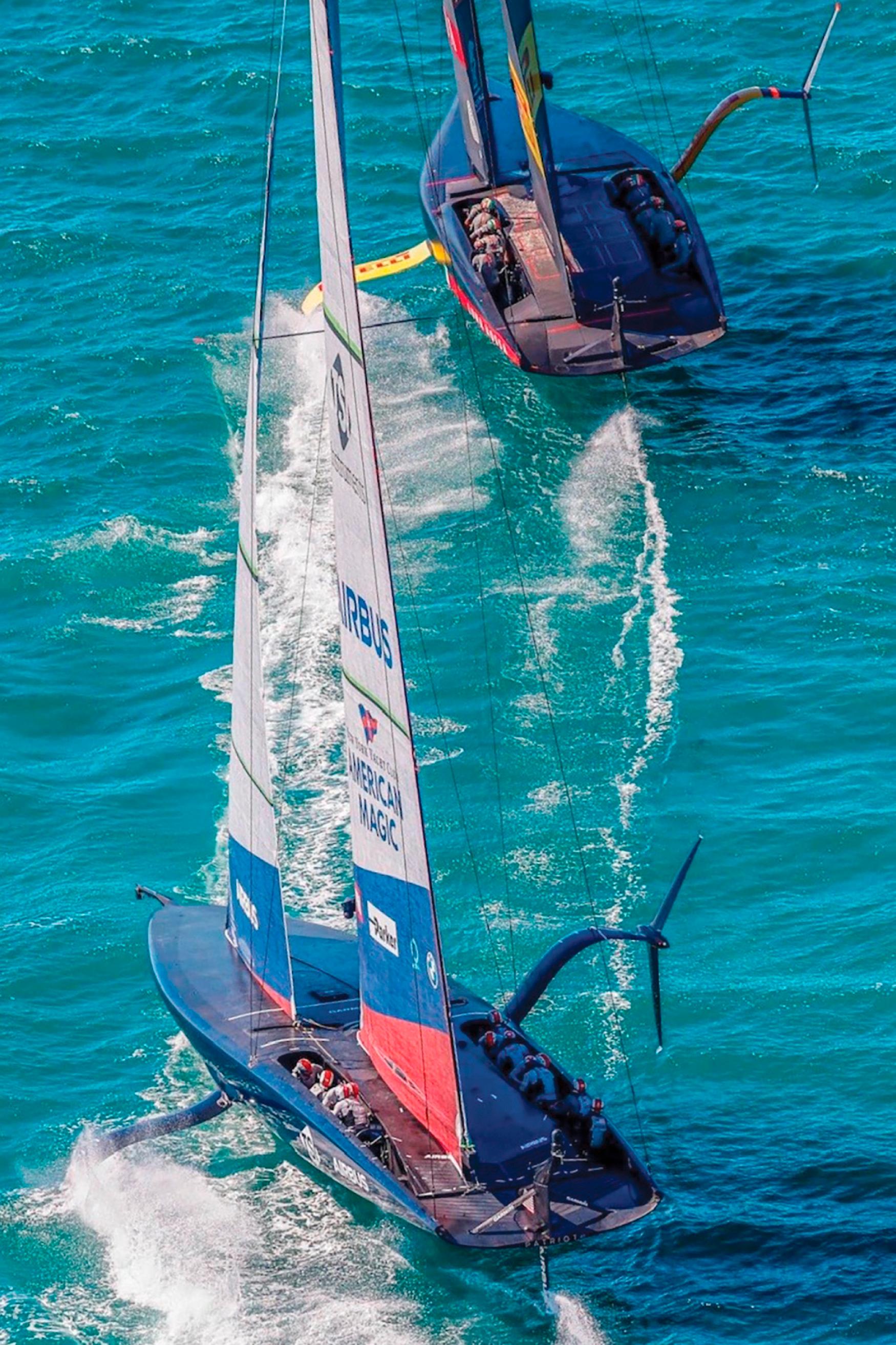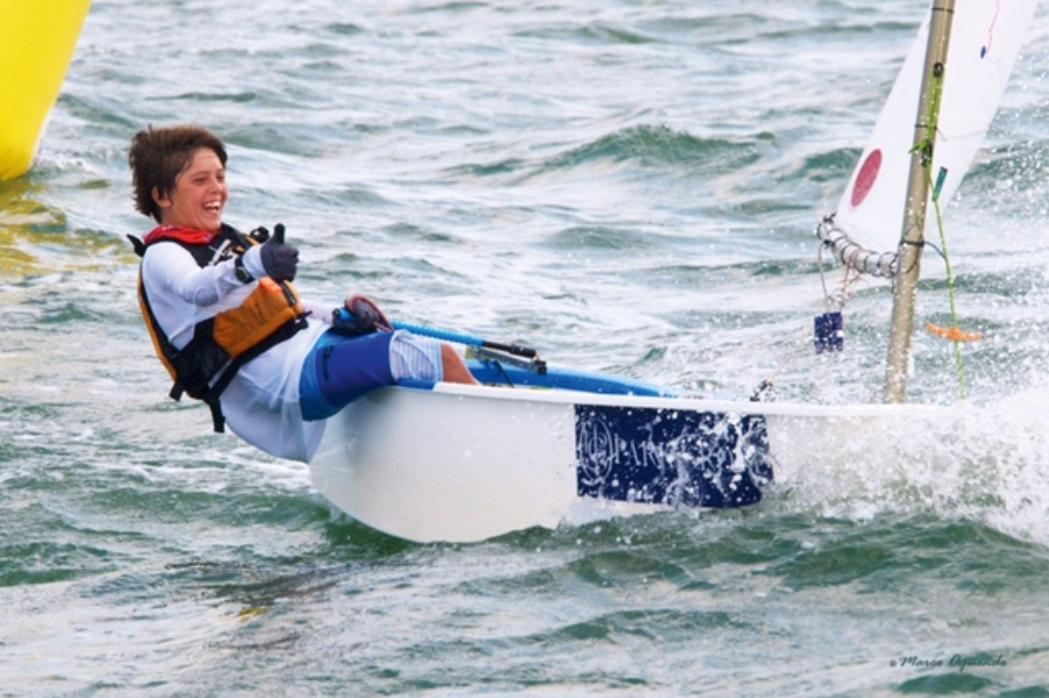Physical Address
304 North Cardinal St.
Dorchester Center, MA 02124
Understanding the sport of sailing and the wide variations in sailboat classes, events, equipment, crew positions, and physical demands is essential to caring for a sailing team.
The sport has evolved from early yacht racing in England in the 1600s, to Olympic-level racing and now, worldwide extreme endurance sailing.
The recent advent of high-tech sailboats capable of increasing speeds and rapid maneuvers is now causing the sports medicine world to improve their efforts toward safety and injury prevention. As risk of acute injury increases, protective equipment (e.g., helmets) and quick access to emergency care are critical.
The specific needs of a team competing in the Volvo Ocean Race, where sailors race offshore for weeks at a time but are able to communicate to a “home-base” hospital via satellite and require an on-board medic to be a member of the crew, will be different from the needs of an Olympic sailing team racing on small dinghies and keelboats in day races and from those sailing solo around the world in the Vendee race.
All events require high-performance considerations in addition to emergency management preparations, particularly with the increase in popularity of extreme sailing. However, individual events and crew demands will differ significantly on a case-by-case basis.
As the COVID-19 pandemic wreaked havoc on daily life throughout the world in 2020, focus on infectious disease prevention in sports became increasingly important. Adaptations have been necessary in order to continue competition and participation in the sport of sailing and will continue to evolve.
Sailing has been a vital mode of transportation and trade since the dawn of history.
Different types of sailboats have been developed through the centuries, ranging from the Polynesian outrigger proa and the Chinese lugsail, or “junk rig,” to the Arabic triangular sail dhow.
The first Dutch “yacht” arrived in England in 1660 as a gift to King Charles I.
In 1661, two more yachts were built: Catherine , a second yacht to King Charles, and Anne , for the king’s brother. A competition between the king and his brother ensued, and the vessels raced along the Thames in the first pleasure sailing race in history.
The first yacht club was founded in Ireland around 1720, and it was initially named the Water Club of Cork. It was later refounded as the Cork Yacht Club in 1828.
The first club in England was founded in 1820 and was named the Royal Yacht Club. The first yacht club in the United States was founded in 1844: the New York Yacht Club.
The golden age of yacht clubs and sailboat racing regattas started with the launching of the Royal Yacht Squadron’s Cowes Week regatta, held annually since 1826 in Cowes, England.
Competitive sailboat racing continued to grow in popularity with the America’s Cup Race, which started in 1851 off the Isle of Wight, when the yacht America was victorious over the British competitors and claimed the “Hundred Guinea Cup,” which is now the oldest continuously contested trophy in the world and known as the “America’s Cup” ( Fig. 84.1 ).

As the sport of sailing grew, many other regattas and competitive events have developed, including offshore ocean racing, global solo-circumnavigation, and in-shore course racing.
Well-known ocean racing events such as the Fastnet Race, Volvo Ocean Race, and Around Alone Race are aided by modern-day satellite navigation and other technologic advances.
Sailing regattas have also been a part of the Olympic Games since 1900 and the Paralympic Games since 1992.
Although professional sailors now dominate the sport in America’s Cup, Grand Prix, and Volvo Ocean Race events, a vast number of amateur sailors continue to participate in and enjoy the sport through international- and national-class championships, college and high school events, regional race weeks, and local club regattas.
The “players” in sailing are the sailors racing their boats in events governed by the international rules of the sport.
Sailing is a sport played by all age groups, from junior sailors (8–16 years old) to masters and even great grandmasters (sailing into their 80s).
Crews are often coed and open, but in some events and boat class there are sometimes men’s and women’s divisions.
Weight may be a limiting factor (i.e., too heavy detracts performance in light air, but benefits in stronger winds), but there are no “weight classes,” like there are in wrestling or rowing; combined crew weight is aimed to optimize the boat’s performance.
The sailboat racing “playing field” is a body of water—whether a river, a lake, or the open ocean.
A distance race is held in or on a “course” that can be influenced by an often constantly changing environment.
Factors affecting the playing field include the wind strength, waves, current/tide, air and water temperature, visibility, and all types of weather systems, day or night.
The “race course” itself varies depending on the type of event. It may be around a fixed buoy course of a half a mile or on a course of longer distances, perhaps from one seaport to another, or even from one part of the globe to another.
The Racing Rules of Sailing (RRS) are governed by the International Sailing Federation, and there are slight variations to the basic RRS depending on the type of race or event. For example, match racing rules are slightly different from fleet racing rules because of the difference in format.
Although a jury is often present to interpret the rules in case of protests, sailing is considered a Corinthian sport, in which participants are expected to abide by the rules and take their penalties when appropriate.
Many sailboat races are similar to race car driving: the boat that completes the “course” quickest and crosses the finish line first, having followed the rules without infringement, wins.
Some larger boat races have a “handicapping” system, requiring a rating system such as the Performance Handicap Racing Fleet rating system to be in place. In these races, elapsed times to finish times are calculated based on the boat’s rating and distance of the race.
Basic rules of the “road” or “waterway” that apply to sailing vessels whether competing or not include the following:
Right-of-way rules/collision regulations apply in situations when boats meet, such as starboard/port and windward/leeward convergences.
Knowledge of basic sailing techniques, including the points of sail, steering the boat through a tack or a jibe, and maneuvering the boat safely, is essential for anyone who is learning to race sailboats.
The most common types of races are fleet races, match races, team races, and distance races.
Fleet races involve multiple boats starting together and racing around a course ( Fig. 84.2 ).

Match races are done in “flights,” pitting two boats against each other in a round-robin format.
Team races involve teams of boats working together around the course to win a regatta.
Distance races are often from point to point and may even involve global circumnavigation.
Events, known as regattas, vary in duration. Some are single-day events; others are weekend regattas, race weeks, or even part of a longer series that occurs over a few months.
America’s Cup races are match races that involve both a series of races and an elimination ladder.
The Volvo Ocean Race is an around-the-world race with many individual legs and cumulative times.
Olympic and Paralympic races are a series of individual races with cumulative point totals.
Races may involve many different types and sizes of boats competing against one another, with each having a “rating” or handicap assigned to level the playing field and even out the competition. Other races are “one-design,” where all boats and equipment are almost identical.
Become a Clinical Tree membership for Full access and enjoy Unlimited articles
If you are a member. Log in here